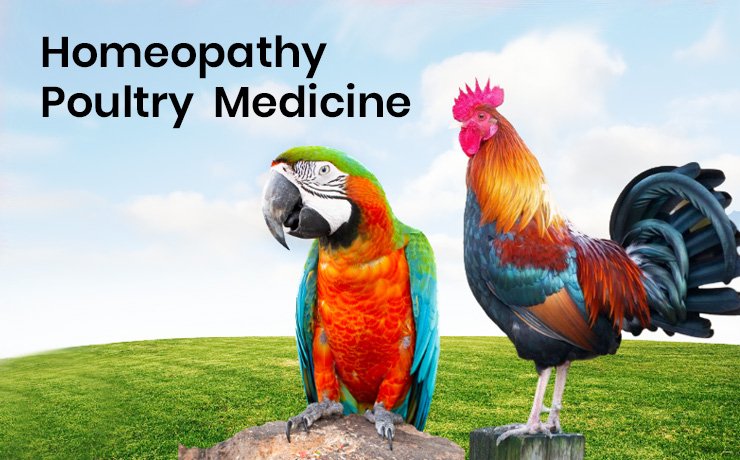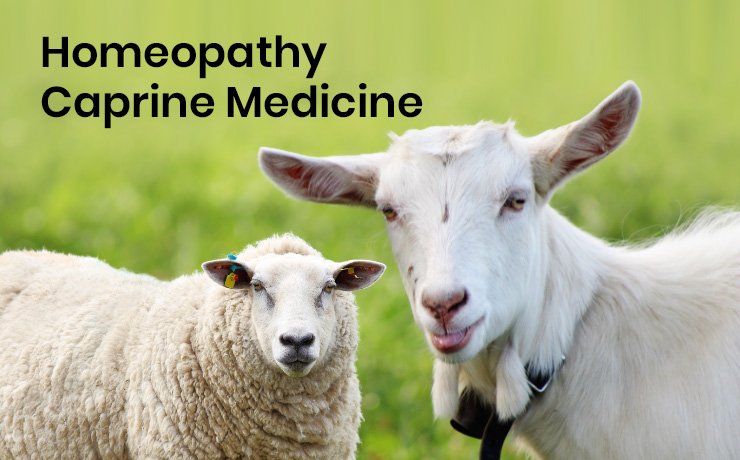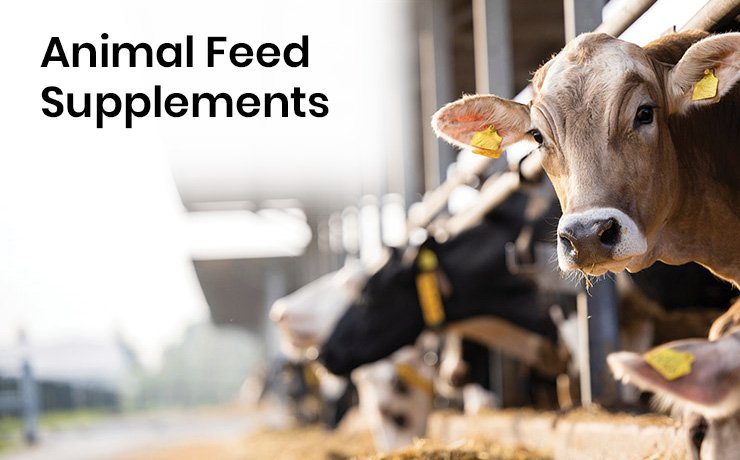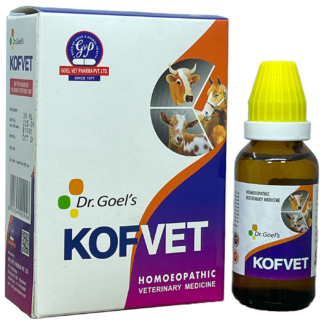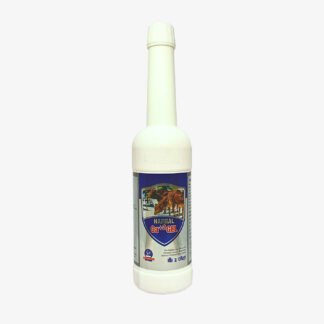Maximizing Milk Production in Your Goat Herd: Tips for Successful Milking Practices

Have you heard? Goat milk has quickly become an appealing alternative to cow’s milk in terms of taste and nutrition. Health-minded consumers have quickly accepted goat milk worldwide thanks to its creamy texture and distinct flavour.
Goel Vet Pharma, a respected name in pet health care, offers homoeopathy products tailored specifically to your beloved animal’s needs. Committed to their well-being and dedicated to their well-being.
Today, we’re discussing an issue close to goat farmers: optimising milk production in their herds. Though often under-appreciated compared to its bovine counterpart, goat farming is critical to worldwide agriculture and sustenance. With demand for goat milk steadily increasing globally, goat farmers must optimise their milking practices to meet consumer demands while safeguarding animal health and welfare.
As we read this blog, we’ll delve into the complexity of goat farming, with particular attention to breed selection, nutrition, and milking techniques. You will have gained invaluable insights and practical tips for optimising and increasing your goat farming activities’ milk yield. Join us as we begin this exciting journey towards successful goat milk production.
Benefits of Maximizing Milk Production

Maximising milk production in goat farming offers numerous economic and nutritional advantages. First, increased yield equates to increased revenues, helping sustain their operations financially. As the demand for goat milk and its by-products like cheese and yoghurt increases, higher production rates ensure a sustainable income source and market competitiveness.
Goat milk provides many nutritional advantages to humans beyond financial gains. Packed with essential calcium, protein, and vitamin content – goat milk offers an alternative source of vital nutrition that may benefit individuals with lactose intolerance. Plus, its digestibility makes it a popular choice among health-minded consumers!
Optimising milk production brings far-reaching advantages beyond economic and nutritional considerations. Healthy milking practices are critical in safeguarding the well-being of goats and their quality production. By adhering to established hygiene protocols and employing gentle handling during milking sessions, farmers can ensure both animal well-being and fresh, pure milk quality are preserved. Prioritising healthy milking practices is crucial for creating and sustaining an ethical goat farming enterprise.
Factors Affecting Goat Milk Yield
Optimising goat lactation and increasing milk yield depend on several key elements, each exerting influence over the quantity and quality of milk produced.
- Selecting the Right Breed: The appropriate breed is vital for optimal milk production. Specific breeds like Saanen, Nubian, and Alpine have become well-known for their outstanding milk-producing capabilities; their particular breed characteristics, such as udder conformation and lactation duration, play an impactful role in milk yield.
- Age and Health of the Goat: Both age and health play an essential role in lactation performance for goats. Younger goats may initially produce lower milk yield, gradually increasing their output as they mature. Maintaining optimal health through routine veterinary visits and vaccination programs is critical to sustained milk production.
- Nutrition and Diet: To achieve maximum milk yield, goats require a balanced diet of protein, carbohydrates, vitamins and minerals to support lactation. Quality forage supplemented with grains and minerals ensures proper nutrition and optimal milk production.
- Seasonality: Seasonal variations can impact milk production, with factors like temperature, daylight length and forage availability influencing lactation performance. Implementing proper management practices, such as adjusting feed rations or providing shelter, can help combat seasonal variations in milk yield.
- Stress Levels: High stress levels in goats can adversely impact milk production. Transportation, changes to the environment, and predator presence are all sources of anxiety for goats; thus, creating an ideal stress-free environment is vital for optimal milk yield.
Farming goats requires carefully managing several factors impacting lactation and milk yield in their herds to achieve consistent and profitable operations.
Effective Milking Techniques
Mastering effective milking techniques in goat farming is paramount to increasing milk yield while protecting animal welfare. By setting up a regular milking routine and employing proper techniques, farmers can optimise lactation rates and preserve milk quality.
A regular milking schedule ensures consistent milk production and supports udder health and overall well-being in goats. Setting consistent milking times reduces animal stress while guaranteeing an efficient milking experience.
Step-by-Step Instructions on Proper Milking Techniques:
- Before Milking Udder Preparation: Proper Udder Prep is vital to successfully milking goats. Clean the teats and the udder using warm water with gentle soap or scrub pads. Then, wipe clean using a cloth or soft udder wash. This step helps avoid contamination of milk and decreases the risk for mastitis. Gently handling during this step is essential to prevent discomfort for goats!
- Proper Hand Milking Techniques: When hand milking, it is crucial to use soft and rhythmic movements to stimulate milk letdown. Avoid rough handling or excessive squeezing, which may damage the udder and decrease production. Apply consistent pressure across each teat, working from the top down for maximum milk removal.
- Use of Milking Machines: Milking machines offer both efficiency and convenience for larger-scale operations. When using milking machines, ensure the proper operation and maintenance practices are carried out to avoid injury while optimising milk extraction. Be sure to follow manufacturer specifications regarding attachment and operation for optimal milk extraction; additionally, regularly clean and sanitise equipment to maintain milk quality.
- Stripping the Udder for Complete Milking: After milking with either hand or machine, it’s essential to stripping the udder in order to ensure complete milk removal. Gently squeeze each teat from its base to its tip in order to release any residual milk that remains. This step helps prevent mastitis and ensure healthy udder care.
Together with these effective milking techniques and best practices, goat farmers can ensure efficient milk production while improving herd health and welfare.
Maintaining Good Udder Health
Udder health is essential to maximising milk production and ensuring its quality and safety. Unhealthy udders lead to decreased milk yield, higher somatic cell counts, and susceptibility to infections such as mastitis, which affect the profitability of goat farming operations.
Tips on Maintaining Udder Hygiene:
Pre and Post-Milking Cleaning Routines:
Prior to milking, thoroughly cleanse the udder and teats with warm water and gentle udder wash to remove dirt or bacteria build-up from previous milkings. Immediately after milking, use either post-milking teat dips or balms to protect from bacteria growth while supporting overall udder health.
Perform regular visual and tactile examinations of your udder to detect any signs of inflammation, swelling, or abnormalities that could be developing. Early diagnosis allows for prompt treatment and avoidance of further complications.
Identification of Udder Infections:
Keep an eye out for signs of udder infections such as redness, heat, swelling and unusual milk consistency or colour. Respond promptly with proper veterinary care and management practices should any symptoms arise.
Goel Vet Pharma offers an impressive array of homeopathic products designed to support goat udder health. Incorporating these natural solutions into your health management regimen without specifically naming individual remedies could complement existing practices and promote overall udder wellness.
Prioritising udder hygiene and proactive health management can help goat farmers ensure optimal udder health, maximise milk production, and protect their animals’ wellbeing.
Check Out Our Product : – Hemisept for Sheep & Goat – It helpful in Pneumonia and HS
Tips for Successful Milking

- Encourage a Calm and Comfortable Milking Environment: Create an atmosphere conducive to milk letdown by minimising noise and disturbances during milking. Goats are very sensitive animals that need their space and quiet. A relaxed setting promotes relaxation and better milk letdown.
- Maintain a Clean and Hygienic Milking Area: For optimal milk quality, ensure the milking area is kept sanitary by regularly cleaning equipment, surfaces, and utensils to meet hygiene standards and protect its quality.
- Before and After Milking: Hydration is vital for milk production and overall goat health. To promote optimal hydration and ease milk letdown, always ensure goats have access to clean water before and after milking sessions.
- Keep a Close Eye on Milk Quality and Seek Advice From a Veterinarian if Needed. Regularly monitor milk quality by monitoring appearance, odour, and taste; any changes or abnormalities should be addressed quickly. If concerns arise regarding milk quality or goat health issues, consult a veterinarian for expert guidance and support; regular check-ups with a vet can also ensure their well-being and help ensure maximum goat welfare.
Conclusion
Conclusion Optimizing milk production in your goat herd requires proper milking techniques and careful management of its udder health. Prioritising hygiene, nutrition, and stress relief will help farmers protect their goats’ well-being and produce top-quality milk. Goel Vet Pharma offers natural solutions to support your goat’s well-being. Be sure to share your experiences in the comments below so we can all continue learning and evolving together in pursuit of successful goat farming ventures!
Must read : – Is Goat Farming Right for You? Exploring the Pros and Cons
 Australian Shepherd
Australian Shepherd Beagle
Beagle Belgium Shepherd
Belgium Shepherd Bernese Mountain Dog
Bernese Mountain Dog Border Collie
Border Collie Boxer
Boxer Bulldog
Bulldog Cavalier King Charles Spaniel
Cavalier King Charles Spaniel Chihuahua
Chihuahua Cocker Spaniel
Cocker Spaniel Dachshund
Dachshund Doberman Pinscher
Doberman Pinscher Dogo Argentino
Dogo Argentino French Bulldog
French Bulldog German Shepherd
German Shepherd Golden Retriever
Golden Retriever Great Dane
Great Dane Himalayan Shepherd
Himalayan Shepherd Indie Dogs
Indie Dogs Labrador Retriever
Labrador Retriever Pakistani Bully
Pakistani Bully Pembroke Welsh Corgi
Pembroke Welsh Corgi Pitbull
Pitbull Pomeranian
Pomeranian Poodle
Poodle Pug
Pug Rottweiler
Rottweiler Shih Tzu
Shih Tzu Siberian Husky
Siberian Husky Yorkshire Terrier
Yorkshire Terrier Abyssinian
Abyssinian American Bobtail
American Bobtail American Shorthair
American Shorthair Balinese Cat
Balinese Cat Bengal Cat
Bengal Cat Birman
Birman Bombay Cat
Bombay Cat British Longhair
British Longhair British Shorthair
British Shorthair Burmese Cat
Burmese Cat Devon Rex
Devon Rex Exotic Shorthair
Exotic Shorthair Himalayan Cat
Himalayan Cat Maine Coon
Maine Coon Oriental Shorthair
Oriental Shorthair Persian Cats
Persian Cats Ragdoll
Ragdoll Scottish Fold
Scottish Fold Siamese Cat
Siamese Cat Siberian Cat
Siberian Cat Sphynx Cat
Sphynx Cat





















